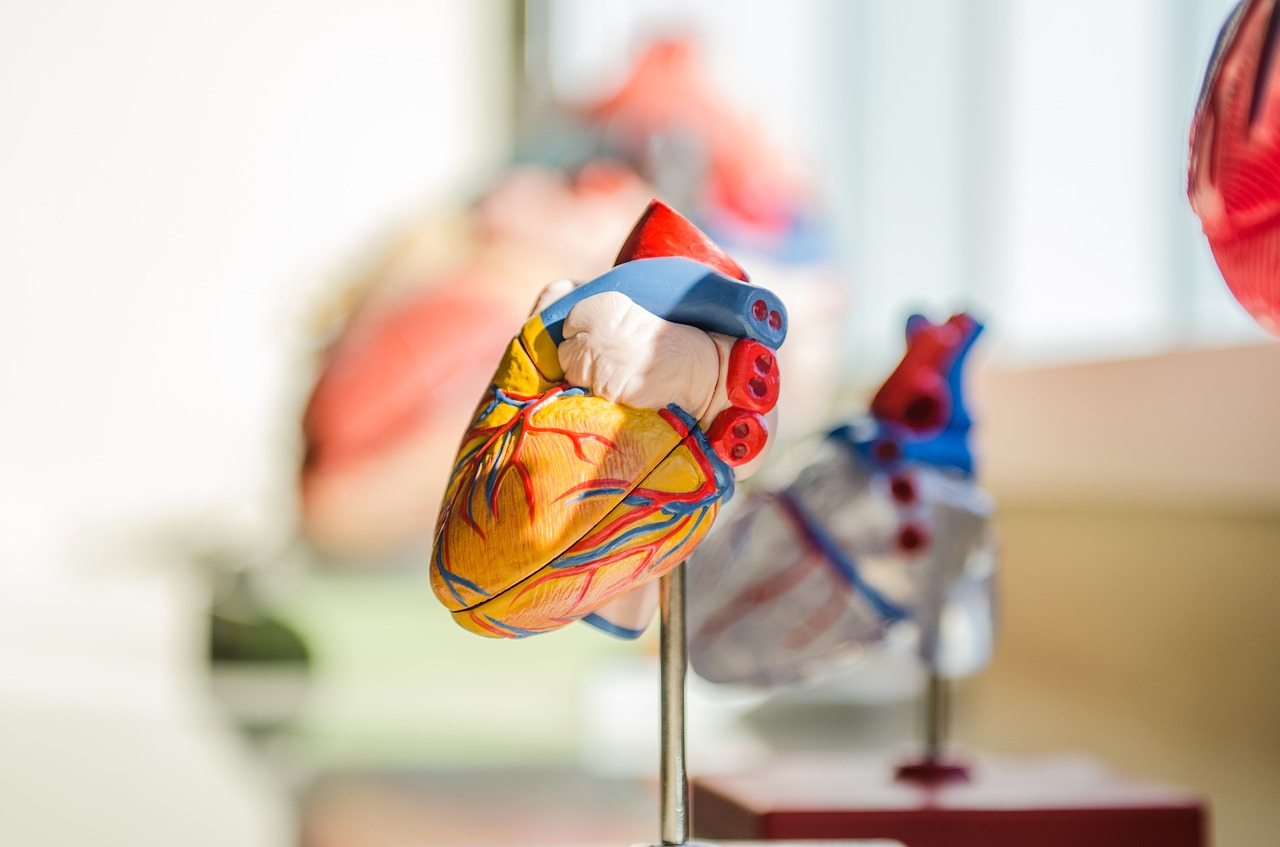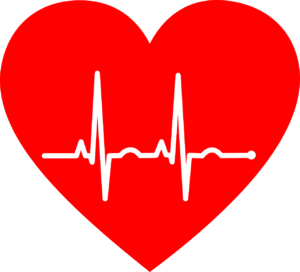In an effort to further its mission of providing comprehensive support to children who lack parental care and those living with disabilities, Uzbekistan’s You Are Not Alone Foundation frequently partners with other international charities to bring specialized services to Uzbek children in need. Since 2015, the You Are Not Alone Foundation has been collaborating with La Chaîne de l’Espoir, a French medical charity that works around the world to provide disadvantaged children in developing nations with access to health care and critical medical treatment.
In Uzbekistan, La Chaîne de l’Espoir has been instrumental in conducting surgical procedures, specifically those related to congenital heart defects that are too complex to be dealt with locally. To date, cardiac surgeons from La Chaîne de l’Espoir have performed 54 open heart surgeries on children supported by the You Are Not Alone Foundation. Most recently, French surgeons visited Tashkent in October 2017 to operate on nine children and provide additional consultations to 45 others living with congenital heart conditions.
The expertise that La Chaîne de l’Espoir offers is vitally important because without proper diagnosis and treatment, a congenital heart defect can significantly compromise a child’s quality of life. Read on to learn more about this condition and how it can impact children and their families or caregivers.
What is a congenital heart defect?
 A congenital
heart defect is a malformation or other structural problem with the heart
that is present from birth. In a normally functioning heart, valves,
arteries, and chambers all work together to pump blood through the heart and
to the lungs for oxygen, then back to the heart and out to the body for
oxygen delivery. However, this circulation pattern can be impaired or
disrupted when there is a malformation in one or more of these components.
Congenital heart defects can vary greatly in terms of severity: mild defects
include simple problems such as “holes” between chambers of the heart, while
severe malformations often involve the complete absence of at least one
chamber or valve.
A congenital
heart defect is a malformation or other structural problem with the heart
that is present from birth. In a normally functioning heart, valves,
arteries, and chambers all work together to pump blood through the heart and
to the lungs for oxygen, then back to the heart and out to the body for
oxygen delivery. However, this circulation pattern can be impaired or
disrupted when there is a malformation in one or more of these components.
Congenital heart defects can vary greatly in terms of severity: mild defects
include simple problems such as “holes” between chambers of the heart, while
severe malformations often involve the complete absence of at least one
chamber or valve.
Are all heart problems that occur in children considered to be congenital defects?
While the majority of childhood heart problems are congenital structural defects that are diagnosed fairly early in life, two other types of problems also exist. The first of these is known as acquired damage, which is caused by infections that occur during childhood (Kawasaki disease and rheumatic fever are typical examples of acquired heart damage). The second type of problem involves disturbances to the heart rate or heart rhythm: children can either be born with or develop “arrhythmias,” which are slow, fast, or irregular heartbeats.
What causes congenital heart defects?
Physicians have little concrete knowledge about what causes congenital heart defects. The main reason for these defects is presumed to be genetic, but so far only a few genes have been definitively linked to the presence of heart defects in children. In a few rare cases, the ingestion of drugs or infection during pregnancy has also been associated with defects.
What is the health impact of congenital heart defects?
 The long-term
health impact of congenital heart defects depends largely on the severity of
the defect. Many children with simple defects, for example, grow up to be
healthy and fully or almost fully functioning adults, but complex defects
are often associated with limitations such as developmental delays or
learning disabilities. In addition, the presence of congenital heart defects
can increase a child’s risk of developing a number of other medical
conditions, including:
The long-term
health impact of congenital heart defects depends largely on the severity of
the defect. Many children with simple defects, for example, grow up to be
healthy and fully or almost fully functioning adults, but complex defects
are often associated with limitations such as developmental delays or
learning disabilities. In addition, the presence of congenital heart defects
can increase a child’s risk of developing a number of other medical
conditions, including:
Pulmonary hypertension—This refers to high blood pressure in the lungs and arteries that supply the lungs with blood. In cases of pulmonary hypertension, the increased pressure means that less blood is able to circulate through the lungs to gather oxygen. This can lead to symptoms such as fatigue, dizziness, and shortness of breath.
Infective endocarditis—Also called bacterial endocarditis, this is an infection caused by bacteria entering the bloodstream and settling in either the heart valve, heart lining, or a blood vessel.
Congestive heart failure—As described above, a congenital heart defect often means that blood can’t circulate properly in the body. When this happens, the kidneys filter less of the body’s circulating fluid into the urine. This extra fluid, which is called “congestion,” then builds up in the lungs, the liver, the area around the eyes, and occasionally in the legs. This condition is known as congestive heart failure. Note that this doesn’t mean that the heart stops working, but rather that it can’t pump enough blood to meet the body’s needs.
What is the social and financial impact of congenital heart defects?
Highly specialized care, both in and out of the hospital, is needed to cope with and/or treat congenital heart defects. This can place a significant financial strain on families, which is why the support of organizations such as the You Are Not Alone Foundation and La Chaîne de l’Espoir are so important for Uzbek children with this condition. In addition, if the congenital defect has caused developmental delays, the children may require special community or school-based resources.

Sorry, comments are closed for this post.